Viewers may end up watching your web series on the same screen they use to watch their tv, or a screen that is similar to one, but that fact aside a web series is not a movie or a television program. Your audience, when first introduced to your production, is surfing the web or being inundated with five thousand status updates on their phone. These people are ready to give you about point-zero-three milliseconds of their attention. Far too many web series have yet to figure this out.
Telling stories on the web is still a new thing. Go and spend a little time watching content made solely for consumption online and it is clear that all this new stuff is simply different. Different from television, different from movies, different from theater, etc – all as it should be. Obviously each medium has its own unique advantages and disadvantages and the web is not different from those that came before it in that area. Still, so much of this new content simply does not work on the web because it makes far more sense on television or in a theater. So here are four old media conventions that I still see permeating web series today that simply do not work.
Have them hooked by page 10
Screenwriters often will say that a script needs to have its ‘inciting incident’ by page ten. In other words the viewer needs to know what the movie is going to be about and they have to be made interested in that subject by ten minutes into a movie. This convention is really a reference to the attention spans of the expected viewing audience.
On the web the same holds true, only its closer to POINT 10 pages. A lot of web series seem to be getting around this problem with some sort of ‘high concept’ premise that thrusts characters into a unique situation from the beginning. This can work, or at least be useful but there still needs to be an inciting incident that takes place after the initial premise is revealed – otherwise the story just feels stagnate.
On the web the number of people willing to give your video a shot is inversely related to the length of the video. In other words the overload of information online prevents users from wanting to risk investing time into what is essentially one of an innumerable amount of attention seeking items. This is a roundabout way of saying that content designed to catch eyeballs needs to be short, sweet and straight to the point.
Tell a complete story arch in 45-120 minutes, or 13-20 episodes
Another common convention I see popping up all over web series is the film inspired concept of telling a feature length story. The creators then take that feature length story and cut it up into a bunch of episodes which they release on a random schedule. The problem here is a mixing of television formatting with film formatting.
Essentially from a producers perspective you just made a feature film and you then forced your audience to watch it in bits and pieces over months. No one – no one – wants to sit and watch a random scene or two from a feature film, only to be told to expect the next random scene in the next month or so. People are watching your web series for the same reason they go to the movies or watch tv shows – they want to hear a story – now. By cutting up your movie and selling it as a web series you are not giving the audience what they want. Make your movie and sell it as a movie – all at once.
On the web you may feel like you only have 3 minutes to tell your story and this may tempt you to cut a thirty minute story up into ten little bitty episodes but please refrain. If three minutes is all the time you have then tell the story you can tell in three minutes. That may sound difficult but that is what this medium is.
The three act structure
All hail the demise of the three act structure! Sure the web series does not necessitate the death of the three act structure entirely, but what it does do is force filmmakers to tell stories more creatively, outside of this traditional framework.
The bottom line is you no longer have time for three acts. A web series is a series of short form episodes which can, over time, add up to a significant amount of story time. Of course that is over time – in the short run you need to be telling interesting and engaging stories without having the time to build up and wind down. Stories on the web simply exist – they come into creation and then they disappear. All the things you would normally set up in the first act need to be learned in the second act, and everything that would normally conclude a story in the third act needs to be implied in the second act. This is a massive amount of condensing and simplifying required to make stories work – easily the biggest challenge for a dramatic web series.
The best proof I have for this is from a writing assignment I had many years ago which was given after originally writing an eight page essay. The follow up assignment was to turn in the same essay only it could not exceed five pages. The act of removing almost 40% of your essay can go a long ways towards teaching you what is important and what is not. The art of restraint, and the skill to create simplicity is where the very best in this field will be able to more easily separate themselves from the pack.
Focus on plot
Lastly, virtually every show and every movie out there focuses on plot. It is never a surprise, when watching a web series, for me to find a whole lot of plot and not too much else beyond that. Plot is standard fare. Plot is what we have come to expect from all forms of media. Character goes from point A to B, something happens to bring them to C, etc. But as I discussed in my article Building Characters 2.0 great stories are not plot based, they simply use plot as a vehicle for creating characters and themes. In a web series that vehicle is much smaller, cheaper and far less complex.
Storytellers can no longer use expansive plots to drive character building, this means that stories need to focus on the characters and the themes much more carefully from the start, because plot is now a scarce resource.





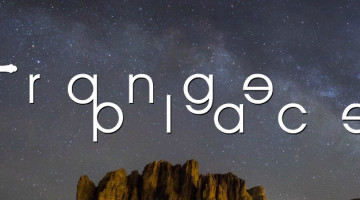

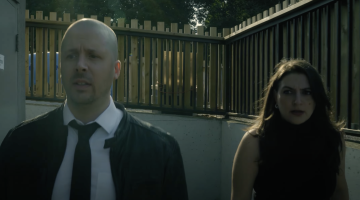
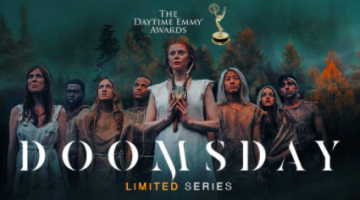

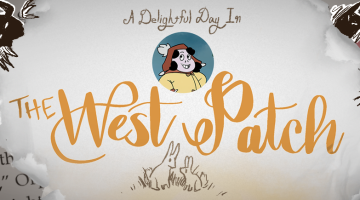
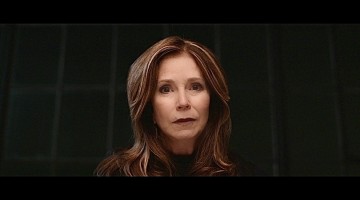
No Comment